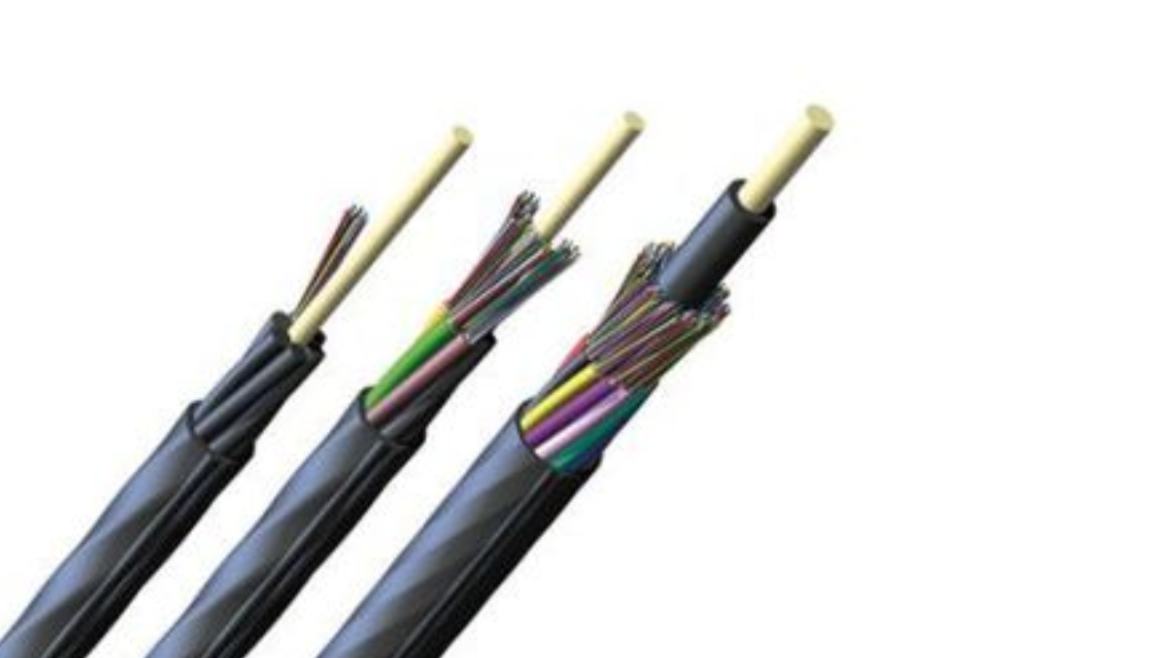An optical cable having protective “armor” on the outside is known as an armored optical fiber cable. The fiber optic cable is primarily shielded by its armor from animal attacks, moisture subsidence, and other harm. In addition to the benefits of standard optical cables, armored optical fiber cable offers additional safety for optical fibers.
It is more stable, dependable, and long-lasting. The majority of Armored Optical Fiber Cable Manufacturer are made of loose-tube optical fibers. Armored optical cables are appropriate for outside attached aerial, duct, and conduit situations because of their tough armor. The amazing world of armored optical fiber cables remains to facilitate collaboration across industries in a time when connectivity reigns supreme.
When Applying Armored Optical Fiber Cables, are there any Environmental Considerations to be made?
Although armored cables offer defense against outside stressors, their environmental impact is minimal. They are built to survive harsh environments and can help reduce the need for maintenance and service interruptions, which in turn lessens resource usage and waste from maintenance. Steel or Kevlar, two materials used in armored cables, may have negative environmental effects.
Materials that are as ecologically friendly as feasible should be chosen by manufacturers. This includes taking into account where raw materials are sourced, how much energy is used during production, and whether or not they can be recycled or used again when the cable’s lifecycle is complete.
Challenges for Makers of Armored Optical Fiber Cable
To develop high-quality cables that satisfy the requirements of many industries, it is imperative to address these problems. Here is a full analysis of some of the major difficulties:
Technological Advancements and Statistics Need:
Producers should expand armored cables that can handle rising bandwidth needs as the demand for high-speed data transmission keeps rising. This entails developing ground-breaking techniques to increase the cables’ ability to withstand wear and tear while maintaining their endurance. A common goal is to develop novel substances and production processes that balance speed and robustness.
Material choice and value efficiency:
It’s crucial to pick the right materials for armored cables. High-performance materials like Kevlar or specialty metals can increase durability but may also drive up production costs. Manufacturers must find ways to maximize a material selection to ensure that cables are affordable while still meeting industry standards for
Customization for precise Industries:
Armored cables must meet specific specifications for certain businesses. For instance, whereas cables used in underwater exploration must survive high pressures and corrosive environments, those used in army operations must adhere to strict security and dependability criteria. For each business, producers must create specifically tailored solutions, which typically entail sizable studies and improvement initiatives.
Environmental Adaptability:
In a wide variety of settings, including arctic cold and underwater extremes as well as desolate warmth, armored wires are used. It might be challenging to design cables that will function effectively in all of these different environments. Cables must be resistant to changes in temperature, moisture, chemicals, and physical stressors; this requires extensive testing and engineering knowledge.
Regulatory Compliance and Standards:
Cables in specific industries are required to abide by their own sets of rules and regulations. These regulations, which can differ from region to region, must be followed by manufacturers to guarantee that their products are compliant. It’s critical to keep abreast of changing certification requirements and industry standards.
Manufacturing Complexity:
Using buffer coatings, weaving safety layers, and encasing cables in outer sheaths are just a few of the challenging procedures involved in creating armored optical fiber cables. These techniques’ intricacy might result in challenging manufacturing circumstances, such as minimizing faults and ensuring constant first-class throughout batches.
Checking out and pleasant assurance:
Rigid testing procedures are necessary to guarantee the dependability and durability of armored cables. Before the cables may be used, manufacturers must create thorough, first-rate control procedures to find any flaws or problems. Tests for things like bending resistance, weight-bearing resistance, tensile energy, and information transmission efficiency are part of this.
Opposition and Marketplace Dynamics:
A few manufacturers are competing for market share in the competitive market for armored optical fiber cables. Manufacturers strive to stand out from the competition through technological developments, product dependability, and customer service. This will lead to ongoing pressure for innovation and advancement.
Teaching and taking part with customers:
Many businesses that use armored cables might not fully comprehend the technical specifics and advantages of these particular goods. Knowledgeable customers should be explained the advantages of armored cables, and manufacturers should collaborate with them to determine their unique needs.
At the End
Armored optical fiber cables are a symbol of creativity, resiliency, and flexibility in the field of contemporary connectivity. By enabling data transmission across isolated oil fields, underwater expeditions, military operations, and more, these cables have revolutionized businesses that require consistent communication under the most extreme circumstances. However, despite the advances in technology, they also have an important environmental impact that must not be disregarded.
